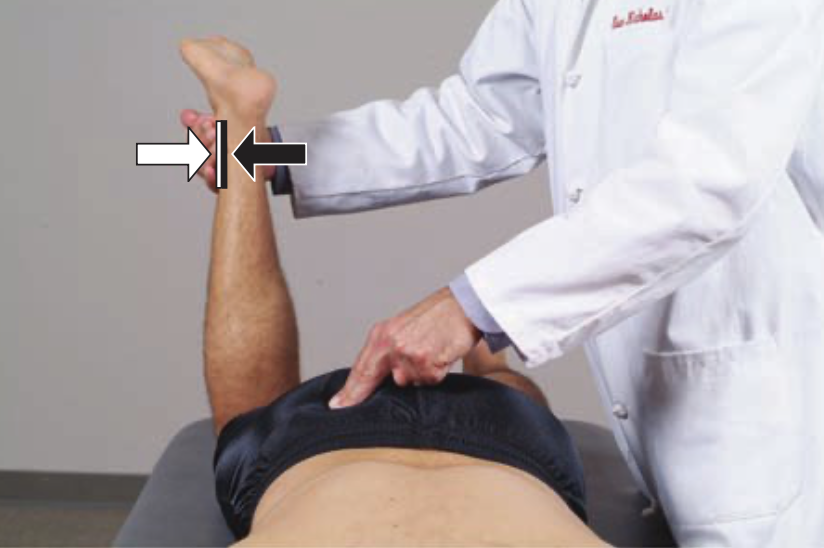What is a Physiotherapist?
Summary
– Physiotherapist: what is it?
– The principles of the physiotherapist’s profession
– Physiotherapist: what are his activities?
– Physiotherapist masseur: how does his treatment work?
– Physiotherapist: what training do they have?
A physiotherapist is a professional masseur specialising in rehabilitation. Unlike the professional masseur, the physiotherapist’s intervention field is more focused on supporting people who have paralysis and neurological problems. In these cases, the intervention of a simple massage therapist or self-massage practice may not be sufficient.
As the massage therapist, the physiotherapist is an integral part of the category of professional masseurs.
Good to know: the title of physiotherapist masseur is reserved for a person who holds a state diploma in the field.
Physiotherapist: what is it?
A physiotherapist is a person who has obtained a specialised diploma in this field. His or her job is to use massage for therapeutic purposes, particularly for treating people with motor problems.
With his particular knowledge of anatomy, he can use different techniques to restore a function that has been altered. For example, there is nothing like the care provided by a physiotherapist to restart using a limb following reconstructive surgery.
The principles of the physiotherapist’s profession
The physiotherapist masseur, as his name indicates, uses massage for therapeutic purposes. The treatment is done by soliciting muscles, subcutaneous tissues and tendons through manual intervention. Unlike other practitioners, the physiotherapist uses a variety of means to maximize the benefits of touch.
Among those that are practically used are :
– Cold.
– Heat.
– Electric current.
– Infrared rays.
– Laser rays.
These means can help stimulate the nerves, the energy flow and the blood flow of the person being massaged. After stimulation, the massage can act in-depth, thus increasing its benefits.
What are the activities of a massage therapist?
The activities of a physical therapist are not limited to massage. It is possible to call upon this professional masseur for :
– Lymphatic drainage.
– Psycho-motor rehabilitation for people with neurological problems.
– Neuro-vestibular rehabilitation.
– Neuro-muscular rehabilitation.
– Respiratory massage.
– Mobilization of joints.
– Muscle stretching.
– Electrotherapy.
– Cryotherapy.
– Thermotherapy.
– Mechanical wave therapy.
– Electromagnetic wave therapy.
– Hydrotherapy.
– Balneotherapy.
– Pressotherapy.
The physiotherapist is also a great specialist in rehabilitation in all its forms. He can thus intervene in case of :
– Neurological rehabilitation.
– Cardiovascular rehabilitation.
– Postural rehabilitation.
– Rehabilitation in pediatrics.
People who have suffered an accident also call on a physiotherapist or masseur for:
– Rehabilitation after amputation of a limb.
– Skin rehabilitation after severe burn.
– Abdominal rehabilitation.
– Rehabilitation for neurological, gynecological and post-partum problems.
Physiotherapist masseur: how his treatment works

The physiotherapist works in close collaboration with a physician:
Once the x-ray and medical prescriptions have been obtained, their role is generally to use their talents to achieve the goal set with the patient.
– He or she will help prevent a possible functional problem or restore a loss of motor function.
– To do so, he plans a program combining massage, physical exercises, movements for rehabilitation and the use of specialised equipment.
– A regular follow-up of this treatment allows a progressive correction of functional problems.
Physiotherapist: what training do I need?
To become a physiotherapist, you have to go through several stages:
The state diploma justifying a person’s ability in this profession’s exercise requires preparation of three years.
– The studies are often carried out in approved specialised centres or public institutes.
– Registration for this examination is reserved for holders of a scientific baccalaureate.
– Once the competitive examination is passed, the student begins the first year of in-depth study in anatomy, physiology and rehabilitation.
After working in this field for four years following the official graduation, the physiotherapist can hope for professional evolution. Depending on his choice, he can prepare a diploma for the health executive after one year of study or for the director of care after two more years of study.
It is also not uncommon to see physiotherapists who specialise in osteopathy.




It’s fascinating how a physiotherapist could help restore your limb’s movement and prevent injuries from coming back. I’ve been thinking about running a marathon as a new hobby during work downtime. It may be a good idea to find one of these professionals for help whenever I feel any discomfort.